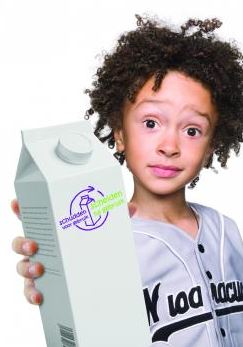Pilot study on the collection and re-use of beverage cartons
In 2013, the KIDV conducted a pilot study entitled ‘Collection and re-use of beverage cartons’. This pilot study focused on environmental and cost performance of the different ways of collecting and re-using beverage cartons.

Residents in 37 municipalities and two post-separation areas were asked to separate and hand in as many empty beverage cartons as possible. This concerned cartons for custard, yoghurt, milk, apple juice or other drinks, for example, as well as the smaller juice cartons that children often take to school. The pilot involved three methods: separate collection of beverage cartons, post-separation, and collection of beverage cartons along with the collection of used paper or plastic waste.
The pilot study showed that collection and recycling of beverage cartons produces environmental benefits compared to processing in waste incineration plants. Recycling of beverage cartons is technically possible and can produce significant returns. The pilot study showed that - with post-separation - a maximum of 63 percent of the material is reusable. That applies primarily to paper fibers. Returns can be increased further if the lids and the plastic or aluminium material inside the beverage containers are also recycled. Separate collection is the most expensive. Post-separation and combined collection with another waste product varies around overlapping amounts.
Only available in Dutch.